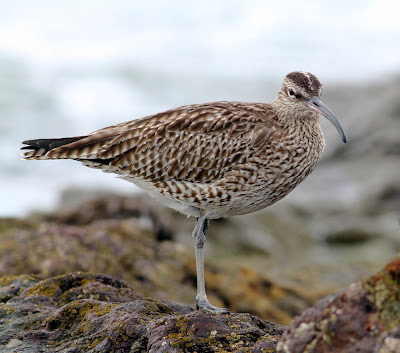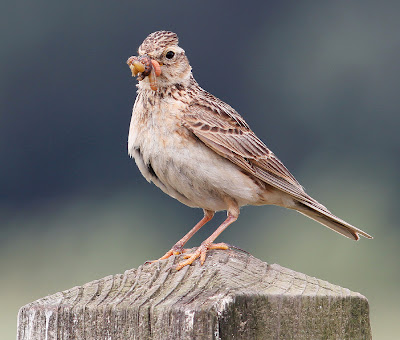When I arrived at Fluke Hall this morning it became obvious that some overnight rain had dropped in a few migrants.
The trees and hedgerows fairly dripped Willow Warblers and there was a Sedge Warbler in loud and steady song from a very un-Sedge Warbler like spot. It is mornings like this when you wonder as much about the birds you are not seeing as the ones you are.
Willow Warbler
Willow Warbler
“Bush bashing” revealed at least 12 Willow Warbler, 3 Whitethroat, 3 Blackcap, 2 Chiffchaff, 4 Lesser Redpoll, 2 Greenfinch, 1 Sedge Warbler and 15 Linnet. On the nearby ploughed field were 2 Wheatears, and on the local circuit 2 Mistle Thrush, 2 Song Thrush, 2 Great Spotted Woodpecker, and 24 + Blackbird.
Blackbird
Blackbird
The Willow Warbler theme continued at Conder Green with birds present at the pool hedgerow, the car park and then at Glasson Dock, with total sightings of 8+ more. Also at Glasson Dock, a Wheatear on the towpath plus 2 Blackcap and 2 Chiffchaff in song.
A Lesser Black-backed Gull was also in good voice with its territorial song of sorts.
Lesser Black-backed Gull
The stop at Conder Pool gave 200+ Black-tailed Godwit, 2 Spotted Redshank, 1 Greenshank, 1 Common Sandpiper, 18 Tufted Duck and 8 Oystercatcher. Non-waterbirds included 1 Raven, 2 Reed Bunting and 2 Whitethroat.
Common Sandpiper
I stopped at Cockerham and found 2 Buzzards near the sea wall. The pair of Buzzards were together and fence-hopping, feeding along a path, a rough area of grass and in a midden. (midden - a word used by farmers in Britain to describe the place where farm yard manure from cows or other animals is collected).
The Buzzards remained unmolested by other birds until one of them decided to fly off, prompting Carrion Crows, Lapwings and six or seven Swallows in turn to give them a good send off.
Buzzards
Buzzard and Lapwings
Carrion Crow and Buzzard
Although the wind had picked up yet again I thought to give Lane Ends a try for Wheatears. It was no good as although there were 2 Wheatears they weren’t interested in stopping for a meal worm and I quickly gave up.
Out on the marsh were still 160+ Pink-footed Geese, birds destined for Iceland, as were the 4 newly arrived Whimbrel I saw feeding quietly and not too far out from the sea wall. A cursory glance from a local Pilling person might invite the identification of “Curlew” but birders know that the Whimbrel is a rather special member of the curlew family.
Whimbrel
In the plantation/pools here, 2 Willow Warbler, 2 Chiffchaff, 2 Blackcap 2 Jay, 1 Reed Bunting and 2 Little Grebe.
Willow Warbler
It was a very enjoyable morning of birding again, and new pictures for blog readers to enjoy.
Don’t forget to “click the pics” for close up views, and log in to Another Bird Blog soon.
Linking today to The Run "A" Round Ranch's Good Fences.
Linking today to The Run "A" Round Ranch's Good Fences.


















































































